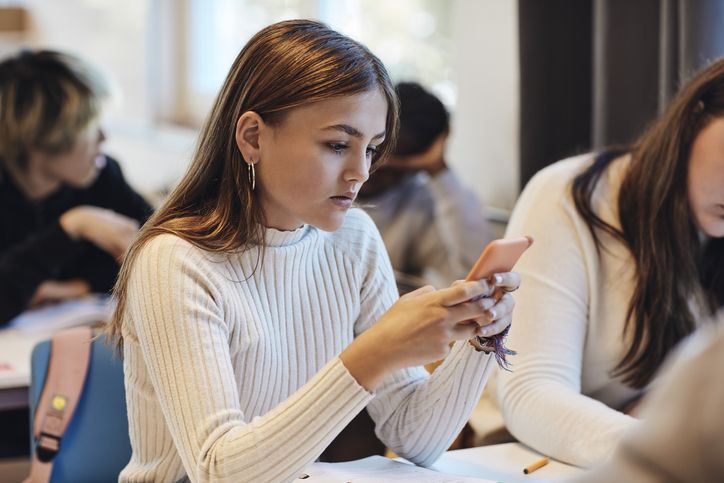A few words of wisdom from Tutorpedia Founder and former teacher, Seth Linden

I left teaching and became a professional tutor because as a tutor I could work one-on-one with students, develop personal relationships with them, figure out how they learn best, and tailor my teaching to their learning style. In my work as a tutor, I always try to build relationships with the teachers who spend time everyday with my students in the classroom. Here are 3 common goals that can teacher-tutor connections can help support:
- Increased Class Participation - Students who meet regularly with tutors become more confident and motivated to succeed in the subject(s) being tutored. Because tutoring occurs away from peers and teachers, students often feel more comfortable asking questions and attempting hard problems when working with a tutor. If a teacher knows that a student is working on building their skills with a tutor, they can support the student in practicing in the classroom. As an added bonus, confident, motivated students are more likely to answer questions in class, volunteer to lead discussions, and make the teacher’s job easier.
- Improved Homework and Test Scores - Students usually begin tutoring sessions by reviewing their homework and studying for tests. Often, students struggle with the material because they don't understand what the teacher is looking for on a given assignment or test. Tutors can communicate with teachers about a student's specific needs, and how to complete future assignments to improve both comprehension and scores. Teachers can provide invaluable information that will maximize the effectiveness of tutoring.
- Improved Communication - Teachers know student strengths and challenges in school, but parents know their children’s true complexities, including how they learn best. Because tutors often work with students at home, they get an “inside peek” at a student’s study skills, how they approach an assignment, and what their working environment is at home. Combining this information with how the student behaves in school paints a much more complete picture of the student’s learning habits. This improved communication between tutors, parents, and teachers helps greatly in identifying and teaching to the unique needs of each student.






